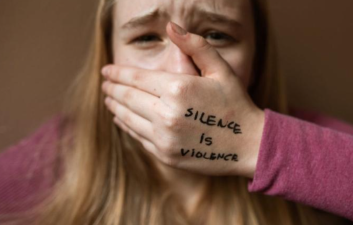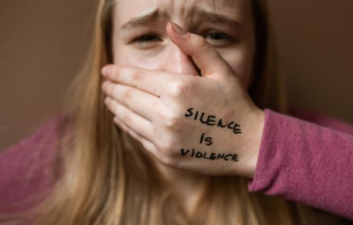
Domestic violence is a widespread problem that affects millions of Americans each year. It is a cycle of abuse that typically involves one partner in an intimate relationship exerting physical, emotional, sexual, or financial control over another. Recognizing the severity of this problem, the United States has implemented a comprehensive legal framework to protect victims and hold abusers accountable.
How the United States Addresses Domestic Violence
- In the United States, domestic violence is considered a serious crime and carries severe penalties. The American legal system is committed to protecting the legal rights of victims and provides a safe haven by offering comprehensive support, such as shelters, legal aid, and psychological counseling.
- In addition, the law provides victims with the right to seek restraining or protective orders to ensure that the abuser does not further harm them. When handling domestic violence cases, the police and courts act swiftly to ensure that the perpetrator faces appropriate legal sanctions, including but not limited to fines, community service, mandatory domestic violence education programs, and even imprisonment.

18 U.S.C. § 2261
Any person who travels across state lines or uses an interstate or foreign communication facility with intent to threaten or injure his or her spouse or domestic partner, or the children of his or her spouse or domestic partner, or with intent to intimidate, harass, or stalk his or her spouse or domestic partner, or the children of his or her spouse or domestic partner, shall be guilty of a crime.
42 U.S.C. § 13925
To prevent and respond to domestic violence, domestic violence prevention and service programs are established, including those that provide emergency shelter, legal aid, counseling, and protective orders to protect victims from further harm.
One of the most important aspects of addressing domestic violence is reporting it to the authorities.
While each state has its own specific laws and procedures, there are some commonalities:
- Mandatory reporting: Certain professionals, such as teachers, doctors, and social workers, are often required by law to report suspected cases of domestic violence to law enforcement or child protective services.
- Police response: When a domestic violence incident is reported, law enforcement officers are typically dispatched to the scene. They can assess the situation, provide immediate safety measures for the victim, arrest the suspect if necessary, and initiate an investigation.
- Protective Order (Restraining Order): Victims can apply for a protective order against their abuser. This legal document prohibits the abuser from contacting the victim, approaching their residence or workplace, or engaging in specific conduct. Violating these orders may result in further legal consequences.

The Current Status of Domestic Violence Legislation in the United States
A Comprehensive Legal System: The United States has a relatively comprehensive legal system, including federal, state, and local laws against domestic violence.
Increased Law Enforcement: In recent years, U.S. police have stepped up their efforts to investigate and prosecute domestic violence cases, and penalties for perpetrators have become more severe.
Diverse Victim Protection Measures: The United States provides a variety of protection measures for victims of domestic violence, including shelters, legal aid, and psychological counseling.
Increased Public Education: The United States has increased public awareness of domestic violence through media and education.
